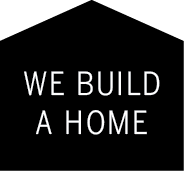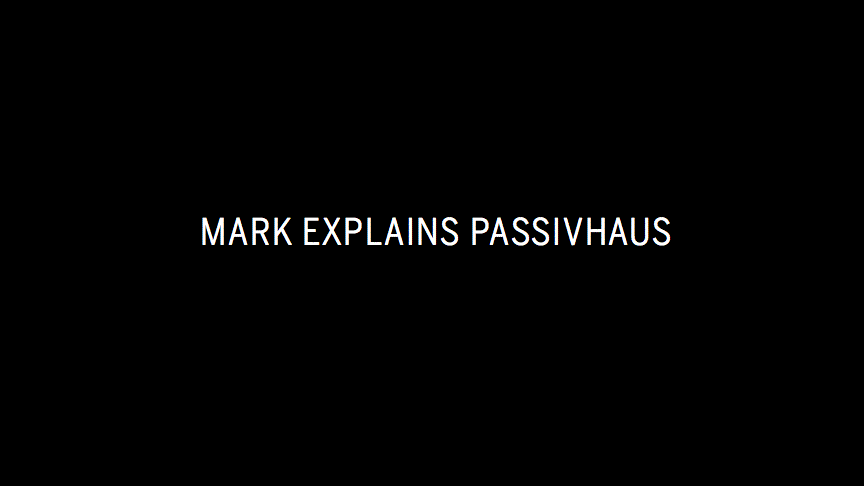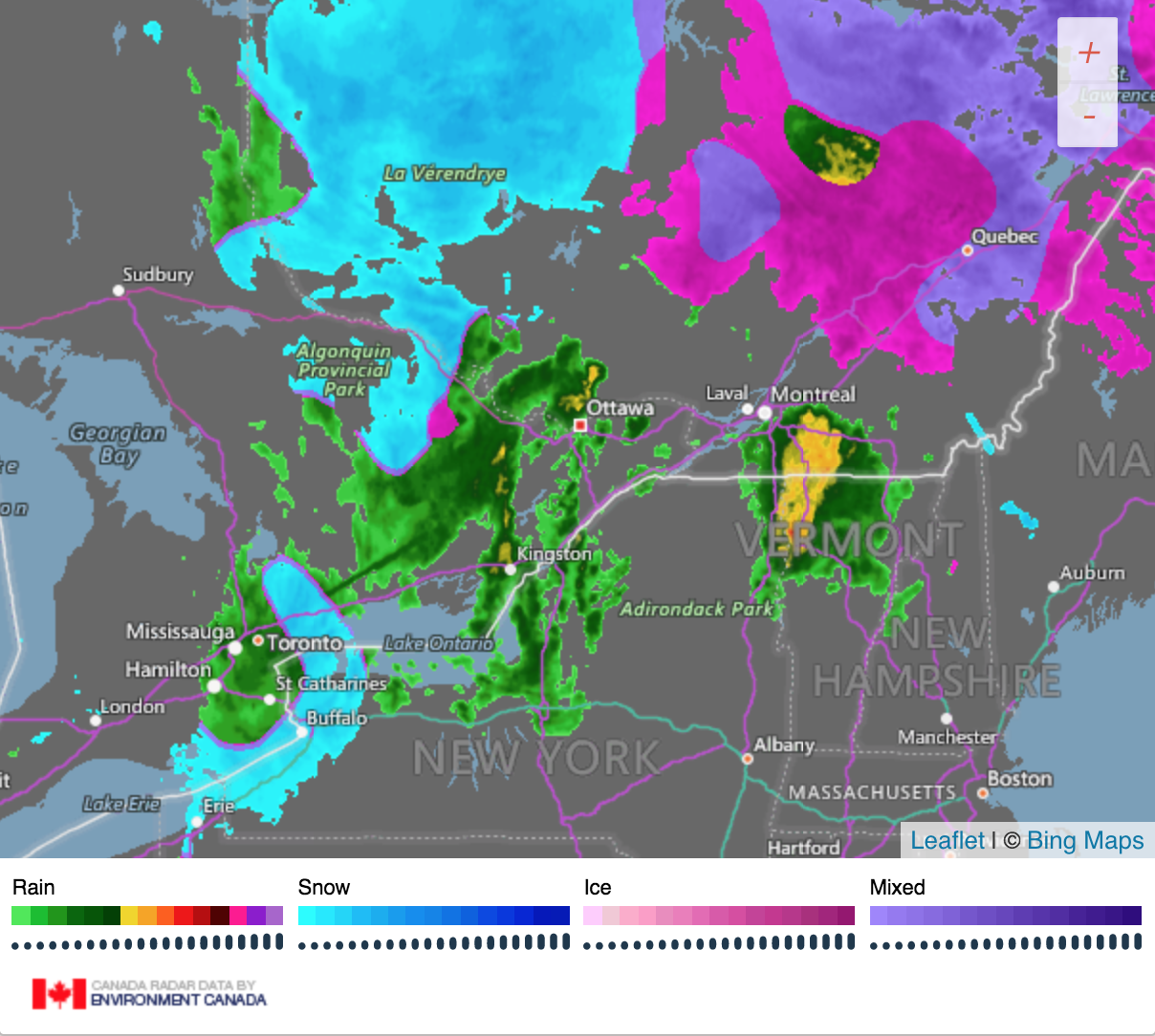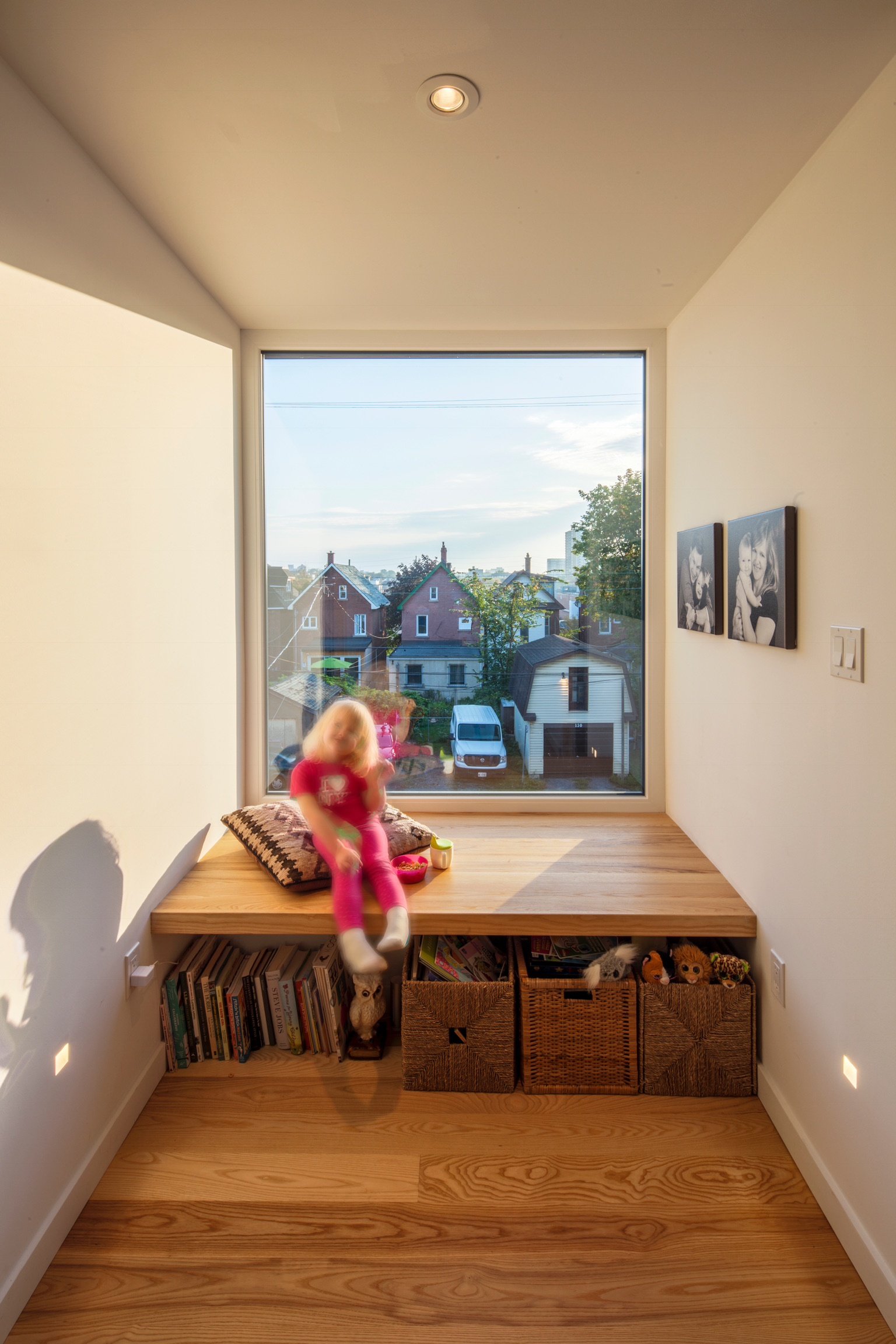Passive House
We are believers in the Passivhaus/Passive House building standard. It just makes sense. Period. It won’t be easy to achieve, but in our minds, there is no other way. We love a good challenge, which is why we are going to strive for it with our home.
The beauty of Passive House is that it's actually pretty low-tech. It's so simple and so logical that it begs the question — why isn't everyone doing this? The basic principle behind it is super-insulation. It has worked for millennia all over the world, in all sorts of different climates. In the Arctic, with their thick-walled ice domes and likewise in the mud-walled huts of the Serengeti. With the advent of artificial heating and cooling technologies, it has been easy for us to stray away from the basics. At the same time, it has led us to become dependant on mostly non-renewable resources. As the pricing for these resources continue to skyrocket and supplies drop, the aforementioned question becomes more and more relevant.
So there's a preface to Passive House as written by me (Meghan). I'll let Mark tell you a little bit more since he is the resident expert afterall...
The above audio was a snippet from a longer explanation, which you can listen to here.
The main pillars of the Passive House building standard break down into these simple measures:
Insulate — start with a good building envelope, and everything else gets easier. Good windows and doors and lots of insulation means more comfort, less noise, better durability, cheaper operation, and way less energy use. All good things, right?
No air leaks or thermal bridges — Put the polish on the envelope by eliminating air leaks and thermal bridges, thereby ensuring that the envelope will perform as well in the real world as it does on paper.
Ventilate with heat recovery — Now you've got a warm, quiet shell, and it's time to add fresh air. The best news is you know exactly where that fresh air comes from now! No more breathing city air filtered by 100 year old wood, plaster and spider webs. A heat recovery ventilator brings filtered air into the home and recovers the heat from the outgoing stale air in the process. High tech device, low tech concept.
The result — More comfort. Healthier air. Less noise. Less maintenance. Less cold toes. Less stuffy noses. Less cost to operate. The type of house I want to live in, and raise my kids in.
For more detailed information, visit the Passive House Institute.















